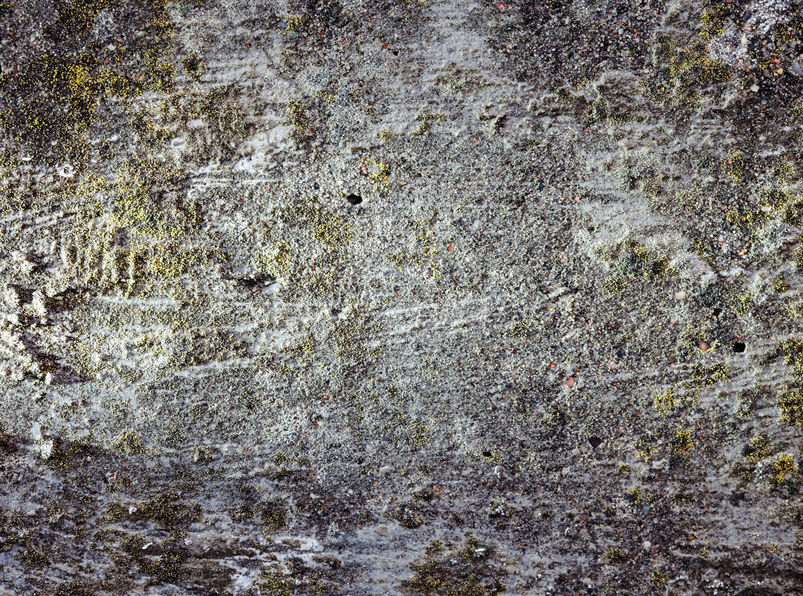 Although mold can grow at any time of the year, certain climates and seasons facilitate faster growth rates, which often vary by location. The risk of mold is more prevalent in summer months because of warmer temperatures and summer rains. Sunny days are accompanied by high levels of heat and humidity that occurs due to fluctuation in temperature. Fast-growing mold poses a significant threat to your family’s health and may cause significant damage to your property. In this article, we will be discussing five reasons why mold springs up in the summer.
Although mold can grow at any time of the year, certain climates and seasons facilitate faster growth rates, which often vary by location. The risk of mold is more prevalent in summer months because of warmer temperatures and summer rains. Sunny days are accompanied by high levels of heat and humidity that occurs due to fluctuation in temperature. Fast-growing mold poses a significant threat to your family’s health and may cause significant damage to your property. In this article, we will be discussing five reasons why mold springs up in the summer.
- High Levels of Humidity
Summer is one of the ideal seasons for mold growth due to high levels of humidity. The condition may be worsened further with poor ventilation, which hinders free flow of air. Hot temperatures outside and cold temperatures in the indoors can lead to condensation around windowsills, and other insulation materials. These areas need to be cleaned regularly to prevent mold growth. The water extracted from the air by AC units is typically routed to a drain. However, poorly maintained or older units may cause leakages in basements and other crawl spaces, creating a conducive environment for mold. To avoid summer mold, you need to ensure all air conditioning units are working properly and all sealing around windows are in good condition.
- Favorable Temperature for Growth
Molds spores thrive well during summer, as they can grow in temperatures ranging from 32 to 100 degrees Celsius. Since mold spores are very light and microscopic, they can easily be carried away from one place to another by the cool evening breeze or even mild wind. Mold also requires a source of food to grow. Therefore, mold spores migrate in search of organic materials such as paper, wood, insulation materials, and cardboard. Mold grows and multiplies rapidly if the available conditions favor its existence. Although mold grows well in dark places, some species may grow in daylight and darkness so that they can produce spores.
- Constant Moisture
There are different factors that can cause moisture during summer. The differences in temperature between the indoors and outdoors can cause condensation within insulation materials, the attic, windowsills, and other surfaces that may trap moisture. Dead leaves on your roof gutters can also cause molds to grow because they tend to trap moisture between them and the gutters. It is important to clean your compound and clear your roof gutters of dead leaves since mold can find its way into your house. Moisture can also be trapped in the attic depending on the roofing materials used and the quality of construction.
- Poor Ventilation
If your home has rooms that are poorly ventilated, it can lead to the development of stagnant moist air. Since there is no free circulation of air, mold spores that found their way into your home will not find their way out. Because of this reason, they can easily feed and grow on organic materials such as wallpapers, cardboard and other items in the room. The hot temperatures outside may also favor mold growth because it takes a few days to grow and increase in numbers. It is most likely that some materials in your room will remain damp, creating a favorable spot for mold growth. Opening your windows and allowing free circulation of air in your home during summer helps prevent mold problems.
- Water Leaks and Spillages
If you are having a rainy summer, it is important to watch out for signs of leakages in your roof and attic. Some of the visible signs of water leakages include a discolored spot or water patches on the ceiling. Even though you cannot see water coming through the ceiling, it is important to have them checked and repaired sooner to prevent mold growth. It is always advisable to close your windows when it is raining to prevent them from letting in water. It is also a good idea to dry out any liquid spillages on the carpet or other surfaces in your house.
Mold thrives well in moist or damp environments because they have the conditions favorable for growth. One way you can avoid mold in the summer is by reducing the amount of moisture in the air. Check for any water leakages in your basement, roof, walls and other areas in your home. Cleaning your home regularly while targeting crawl spaces and other hidden areas, helps prevent mold growth. It is important to take necessary precautions to prevent mold growth in your home during the summer.
